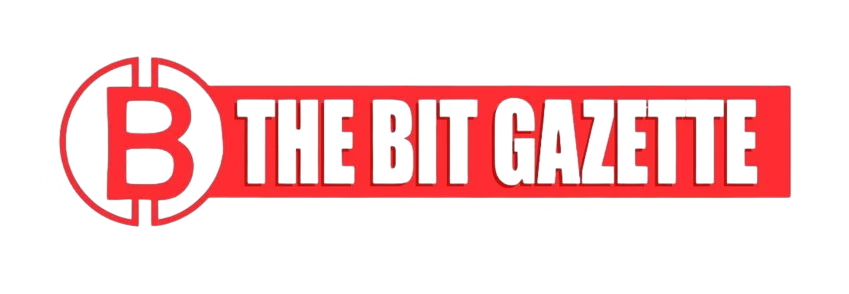Canada has announced comprehensive Canada stablecoin regulations to govern fiat-backed digital assets, marking a major policy shift in its approach to crypto oversight.
The framework, unveiled in the 2025 federal budget on November 4, will introduce clear rules for issuance, redemption, and supervision of stablecoins.
Under the plan, stablecoin issuers will be required to maintain sufficient asset reserves, implement strict risk management controls, and safeguard consumer data. The initiative aims to ensure financial stability while modernizing the country’s payment landscape.
“The legislation will also include national security safeguards to support the integrity of the framework so that fiat-backed stablecoins are safe and secure for consumers and businesses to use,” the budget document stated.
Although no timeline has been provided for when the legislation will be tabled, the Bank of Canada will administer the framework, allocating CAD 10 million over two years beginning in 2026, with an ongoing annual cost of CAD 5 million to be recovered from regulated issuers.
Integrating stablecoins into Canada’s financial system
The move positions Canada among the first advanced economies to adopt a federal approach to Canada stablecoin regulations, aligning its efforts with global peers like the U.S., U.K., and European Union. It also signals a shift from exploring central bank digital currencies (CBDCs) to supporting private-sector innovation under tighter regulatory control.
To ensure stablecoins can be used safely for everyday transactions, the government will amend the Retail Payment Activities Act (RPAA) to expand oversight of payment service providers dealing in stablecoins. Introduced in 2021, the RPAA is a supervisory framework overseen by the Bank of Canada to ensure the security and reliability of retail payments.
“This development brings much-needed clarity to the digital payments ecosystem,” said Ron Morrow, Executive Director of Payments at the Bank of Canada. “The pace of change here in Canada has been to use a kind word gradual. Other major jurisdictions like the United Kingdom, Australia, and the European Union have already embraced changes in many areas,” he told the media.
From CBDC ambitions to stablecoin oversight
Canada’s pivot toward Canada stablecoin regulations follows the Bank of Canada’s decision in September 2024 to halt its research into a central bank digital currency (CBDC). The central bank stated that it would instead focus on studying global payment trends and emerging digital finance technologies.
Industry participants have long called for regulatory clarity to keep pace with global innovation. Many argue that stablecoin legislation could foster competition, improve cross-border transactions, and support fintech growth.
“Canada should weigh the merits of federal stablecoin regulation, similar to what other countries have done,” Morrow added, emphasizing the importance of balancing innovation with stability.
Broader crypto regulation and tax compliance
Beyond Canada stablecoin regulations, the country has expanded its oversight of digital assets through the Crypto-Asset Reporting Framework (CARF). Scheduled to take effect in 2026, CARF will require crypto service providers to report transaction and client data to tax authorities.
Canada’s existing rules already impose strict compliance obligations on crypto exchanges and trading platforms. However, several major international firms have exited the market in recent years, citing the high regulatory burden and lack of clarity.
The government’s new framework is expected to restore confidence by defining clearer boundaries for digital asset operations, improving transparency, and aligning national standards with international best practices.
Positioning Canada for the digital finance era
Analysts say the introduction of Canada stablecoin regulations could help integrate digital assets into mainstream finance while reinforcing consumer protection. It also aligns Canada’s monetary policy goals with global trends toward regulated digital currencies.
The Bank of Canada’s regulatory oversight, combined with the amendments to the RPAA, will make stablecoin payments safer and more interoperable with the existing banking infrastructure. By doing so, Canada is setting a foundation for a modern, digital-first economy.
The success of these Canada stablecoin regulations will depend on how effectively policymakers balance innovation and risk. As the global financial system increasingly embraces digital assets, Canada’s proactive framework may serve as a model for other jurisdictions seeking to modernize their payment systems without compromising stability or trust.











